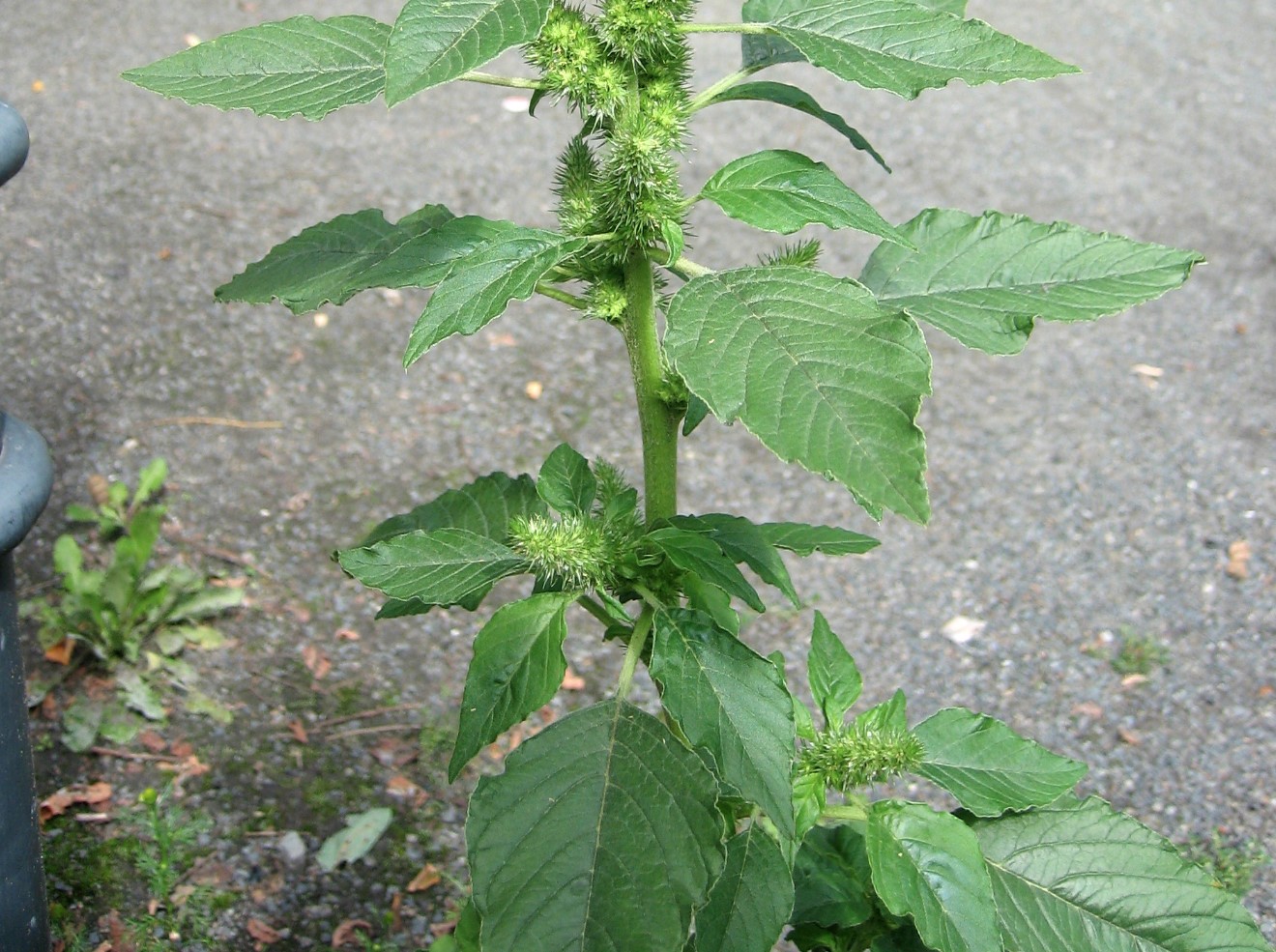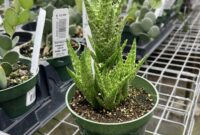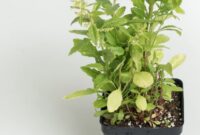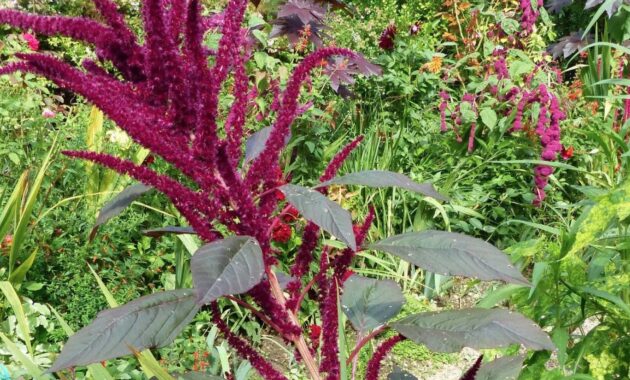
What is the Amaranthaceae Family?
The Amaranthaceae family is a diverse group of flowering plants, often referred to as amaranth or pigweed family. These plants are known for their vibrant colors, unique leaf shapes, and adaptability to various climates. They are found worldwide, particularly in tropical and subtropical regions.
Amaranthaceae Plant Species
The Amaranthaceae family boasts a wide range of species, each with its own distinct characteristics. Some of the most well-known species include:
- Amaranthus spp.: These are commonly known as amaranth or pigweed. They are popular as leafy vegetables, grains, and ornamental plants.
- Celosia spp.: These plants are prized for their striking flower spikes, which come in a variety of colors, including red, orange, yellow, and pink.
- Iresine spp.: Often called bloodleaf, these plants are cultivated for their colorful foliage, which can range from deep red to vibrant pink and green.
Amaranthaceae Plant Types
Amaranthaceae plants can be categorized into several types based on their growth habits and uses:
- Leafy Vegetables: These plants are cultivated for their edible leaves, which are rich in nutrients. Examples include amaranth and spinach.
- Grain Crops: Certain species, like amaranth, produce grains that are used for food and feed.
- Ornamental Plants: Many Amaranthaceae plants are grown for their ornamental value, including celosia and Iresine.
- Weeds: Some species, such as pigweed, are considered weeds due to their ability to grow rapidly and compete with crops.
Amaranthaceae Plants Characteristics
Amaranthaceae plants share several common characteristics:
- Simple Leaves: They typically have simple leaves that can be alternate or oppositely arranged.
- Perfect Flowers: The flowers are usually perfect, meaning they contain both male and female reproductive parts.
- Wind Pollination: Most species are wind-pollinated.
- Dry Fruits: The fruits are typically dry and indehiscent, meaning they don’t split open to release the seeds.
Amaranthaceae Plant Benefits
Amaranthaceae plants offer numerous benefits:
- Nutritional Value: Leafy vegetables like amaranth are rich in vitamins, minerals, and antioxidants.
- Gluten-Free Grains: Amaranth grains are a gluten-free alternative to wheat and other grains.
- Ornamental Value: Many species are prized for their vibrant flowers and foliage, adding beauty to gardens and landscapes.
- Medicinal Uses: Some species have been used in traditional medicine to treat various ailments.
Amaranthaceae Plants List
Here’s a list of some common Amaranthaceae plants:
- Amaranthus spp. (amaranth, pigweed)
- Celosia spp. (cockscomb)
- Iresine spp. (bloodleaf)
- Alternanthera spp. (joyweed)
- Gomphrena globosa (globe amaranth)
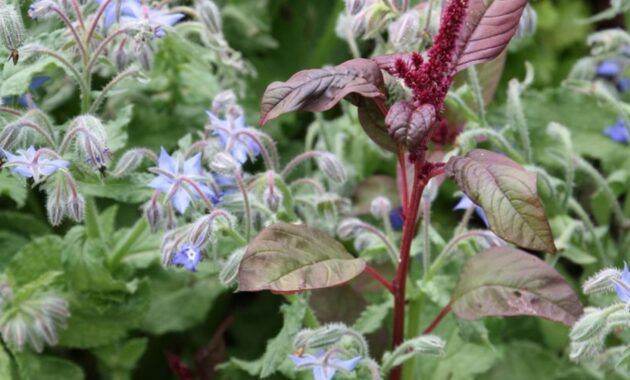
Amaranthaceae Plant Uses
Amaranthaceae plants have a wide range of uses:
- Food: Leafy vegetables, grains, and seeds are used in various cuisines.
- Ornamentals: Many species are grown as ornamental plants in gardens and landscapes.
- Traditional Medicine: Some species are used in traditional medicine to treat various ailments.
- Animal Feed: Certain species are used as fodder for livestock.
Amaranthaceae Plant Varieties
Many Amaranthaceae plants come in a variety of cultivars and hybrids, offering a wide range of colors, shapes, and sizes.
Amaranthaceae Family Examples
To better understand the Amaranthaceae family, consider these examples:
- Amaranthus caudatus: This species, commonly known as love-lies-bleeding, is popular for its long, drooping flower spikes.
- Celosia cristata: This plant, often called cockscomb, features unique, crested flower heads that resemble a rooster’s comb.
- Iresine herbstii: This species is known for its striking red or purple foliage, making it a popular choice for ornamental gardens.
Amaranthaceae Plants in Gardening
Amaranthaceae plants can add beauty and diversity to your garden. Here are some tips for growing them:
- Sunlight: Most species prefer full sun.
- Soil: Well-drained soil is ideal.
- Watering: Water regularly, especially during dry periods.
- Fertilizing: Apply a balanced fertilizer to promote growth and flowering.
- Pests and Diseases: Monitor for pests like aphids and diseases like powdery mildew.

Conclusion
The Amaranthaceae family is a fascinating group of plants with a wide range of uses and adaptations. From nutritious leafy vegetables to vibrant ornamental flowers, these plants have captured the attention of gardeners, chefs, and herbalists alike. By understanding their characteristics, benefits, and cultivation requirements, you can incorporate these versatile plants into your own life, whether it’s in your garden, on your plate, or in your medicine cabinet.
FAQs
- Are amaranth plants easy to grow?
Yes, amaranth plants are relatively easy to grow. They thrive in well-drained soil and full sun. They are also drought-tolerant, making them a great choice for low-maintenance gardens. - Can I eat the flowers of amaranth plants?
While some amaranth flowers are edible, it’s important to identify the specific species and consult reliable sources before consuming them. Some species may have toxic properties. - What are the nutritional benefits of amaranth grains?
Amaranth grains are a good source of protein, fiber, and various minerals, including iron, magnesium, and phosphorus. They are also gluten-free, making them a suitable option for individuals with celiac disease or gluten sensitivity. - How can I control amaranth weeds in my garden?
To control amaranth weeds, consider using a combination of methods, including hand-pulling, mulching, and the use of herbicides. Early detection and timely removal are crucial to prevent the spread of these pesky weeds. - Are there any medicinal uses for amaranth plants?
Some traditional medicine systems have used amaranth plants to treat various ailments, such as inflammation, digestive disorders, and skin conditions. However, more scientific research is needed to fully understand their medicinal potential.
